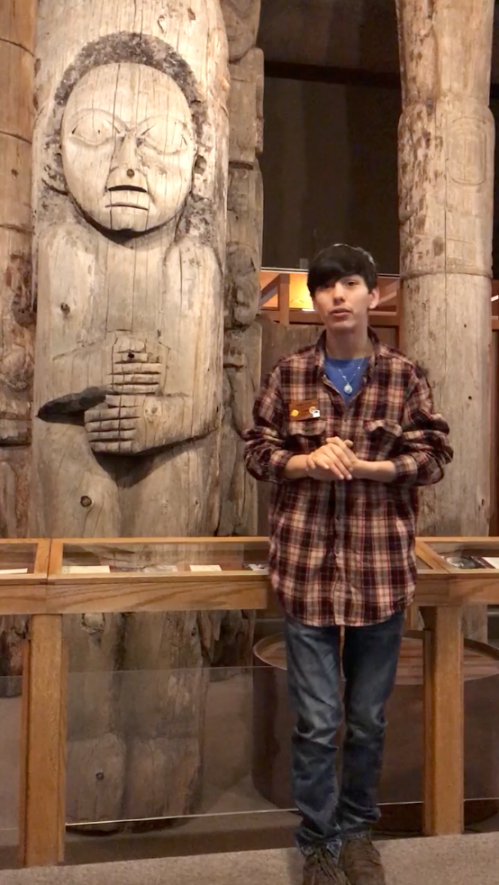Writing a scary book for young readers is a tricky business. Where is that line between fun scary and scary scary?
With my latest book, The Frightful Ride of Michael McMichael, I’m hoping I found that line. It certainly was fun to write, even though it took forever. I really can’t remember when I jotted down the first few lines:
It was the thirteenth of November, a stormy night
When the Thirteen bus hove into sight.
Something about it didn’t seem right
But Michael McMichael boarded.
It might have been as long as 20 years ago. Long enough that the first drafts are somewhere on a discarded hard disc drive. It was just a bit of doggerel that kept stumping me because I’d boxed myself into a corner with my rhyme scheme. The story had to make sense and have a satisfying arc, yet the first three lines of every stanza needed to end in perfect rhyme and the last line had to rhyme or near rhyme with “boarded.”
The first three lines rule wasn’t hard. It was that darn “boarded.” I think I managed to find just about every word that rhymes or near rhymes with “boarded”, from the sensible “hoarded” to the desperate and untenable “sore head.”
Years would go by as I worked on other things; The Frightful Ride forgotten only to be rediscovered once in awhile in my files and noodled with a bit more. Finally it occurred to me that I had a complete story and this might be a picture book. Luckily Sarah Ketchersid at Candlewick agreed—with a few changes.
Back to the drawing board for a few more years. Then the completed manuscript went to the marvelous Mark Fearing for illustrations. (Where I suddenly realized that a word I’d used years ago when banishing the villainous bus driver–deported–needed to be changed to “exported.” Deported had become too loaded of a word.) Then a year for printing and distribution. And finally, it is here! The official release date is July 10, 2018.
But all along it was geared to younger readers, so, of course, the scary thing is defeated in the end. But the real key to me between scary but not too scary is humor. And that was my instinct from the get-go. What was really rattling around in my mind was my memory of the macabre, rhyming tall tales of Robert Service, especially his poem The Cremation of Sam McGee.
My father read that to us when I was a kid and I loved its wonderful “chewy” language.
There are strange things done in the midnight sun
By the men who moil for gold;
The Arctic trails have their secret tales
That would make your blood run cold;
The Northern Lights have seen queer sights,
But the queerest they ever did see
Was that night on the marge of Lake Lebarge
I cremated Sam McGee.
“The men who moil for gold” or “That night on the marge of Lake Lebarge,” who can beat that?
There’s that kind of juicy language throughout Service’s poem. At the same time it’s a complicated story, but Service doesn’t cheat with easy or obvious rhymes. He reaches for the great instead of the good. (I’ve always wondered if “moil” was made up, but it’s a real word as is “marge.” There’s even a Lake Laberge in the Yukon. Service definitely isn’t a cheater.)
I can’t claim I achieved a “Robert Service” but his macabre humor, his love of words and tall tale format were my inspiration. In these tense times with voices of concern all around us, it’s nice to know that sometimes our stories, even scary ones, can just be for the fun and the love of it.
Here are some more samples of Fearing’s wonderful illustrations. Thanks, Mark and Sarah and all of Candlewick for making this book possible.






















 I grew up near Yosemite in California and I think the best way to describe this scenery is to imagine Yosemite – the towering granite cliffs, the waterfalls – filled with salt water. In addition to the animal life you’d find in Yosemite, like bears and mink and eagles, the Southeastern Alaska wilderness is home to whales, sea lions and harbor seals, etc. Yes, it was amazing.
I grew up near Yosemite in California and I think the best way to describe this scenery is to imagine Yosemite – the towering granite cliffs, the waterfalls – filled with salt water. In addition to the animal life you’d find in Yosemite, like bears and mink and eagles, the Southeastern Alaska wilderness is home to whales, sea lions and harbor seals, etc. Yes, it was amazing.

































